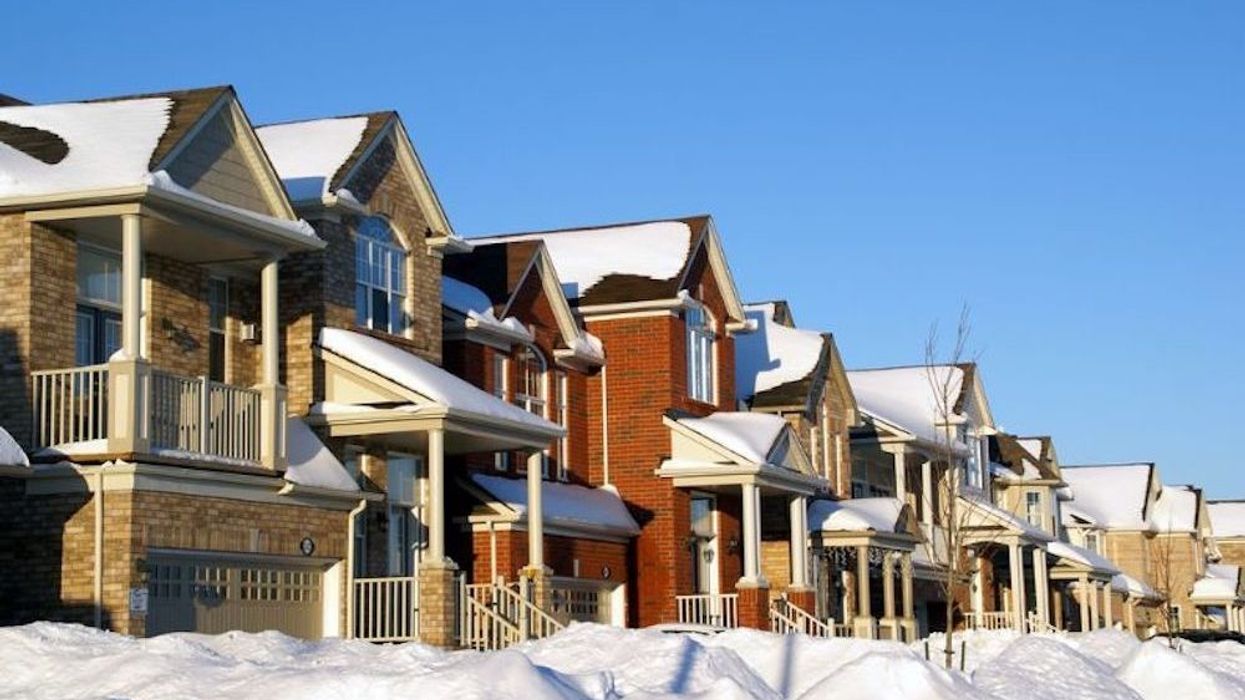The City of Toronto’s Vacant Home Tax has officially kicked in, under which an annual tax will be levied on residences unoccupied for more than six months of the taxation year.
At the tail end of 2022, residential property owners began to receive City-issued Vacant Home Tax Property Status Declaration forms, directing them to declare the occupancy status of their properties before February 2, 2023. The form specifies that late declarations will be subject to a fine of $250.
And $250 is just the tip of the iceberg. Making a false declaration could result in a fine as soul-crushing as $10,000.
Meanwhile, properties deemed vacant under the City’s parameters will be taxed an additional 1% of their residence’s Current Value Assessment. The tax is based on the property’s occupancy status for the previous year, so if the home is declared vacant in 2022, the tax will be payable in 2023 and will be added to the tax bill for the property. Those subject to the tax will be issued a Vacant Home Tax Notice in March or April, and the payment will be due on May 1.
The goal of the newly-minted Vacant Home Tax is to increase available housing supply in the city by de-incentivizing homeowners from leaving their principal residences unoccupied. All proceeds collected from the tax will go towards affordable housing initiatives.
Declaring Occupancy Status
Residential property owners in Toronto will be required to declare occupancy status each year, and the declaration must be made by either the property owner or someone acting on behalf of the property owner. The fastest way to submit the declaration is via the City’s online declaration portal -- however, homeowners also have the option to mail in a paper declaration form, which must be received by the City by the February 2 deadline.
All declarations require the property owner’s 21-digit assessment roll number and customer number from your tax bill or property tax account statement. For housing providers specifically, the declaration requires information about tenants and/or permitted occupants.
Homeowners should also note that any information submitted in the declaration could be subject to an audit on a random or specific criteria basis, at which time additional information may be required to substantiate an occupancy claim.
Exemptions to the Vacant Home Tax
There are a few exemptions to the new tax:
- In the event of the death of the property’s principal owner;
- If the property is undergoing repairs or renovations and occupation and normal use of the property is prevented, all necessary permits have been issued for the repairs and renovations, and the City’s Chief Building Official is of the opinion that the repairs or renovations are being actively carried out without unnecessary delay;
- If the principal owner of the property is in hospital or long-term or supportive care;
- In the event of a legal ownership transfer, excluding name changes, the addition of a second owner, and the removal of a second owner;
- If the property was vacant for employment purposes;
- In the event of a court order in that prohibits occupancy.
Those requesting an exemption must provide supporting documentation, which varies depending on the nature of the exemption.
Filing a Notice of Complaint
Property owners who receive a Vacant Home Tax Notice have the option to file a Notice of Complaint to have the decision reviewed. The complaint can be submitted through the City’s online portal -- however, it must be received on or before the 10th business day of April in the year following the date on which the payment was due, and additional documentation may be required.
More information on the Vacant Home Tax can be found on the City of Toronto’s website.





















